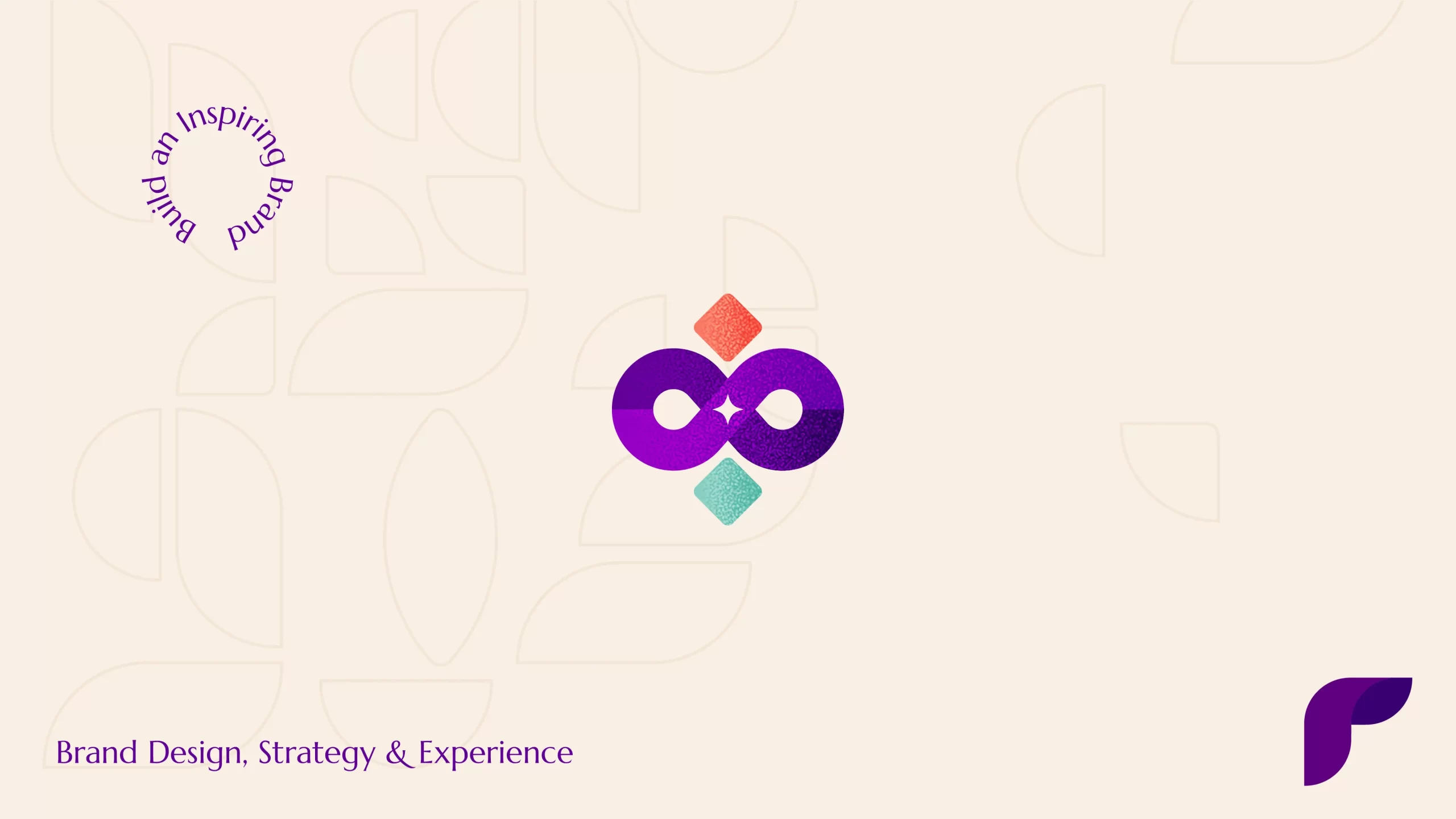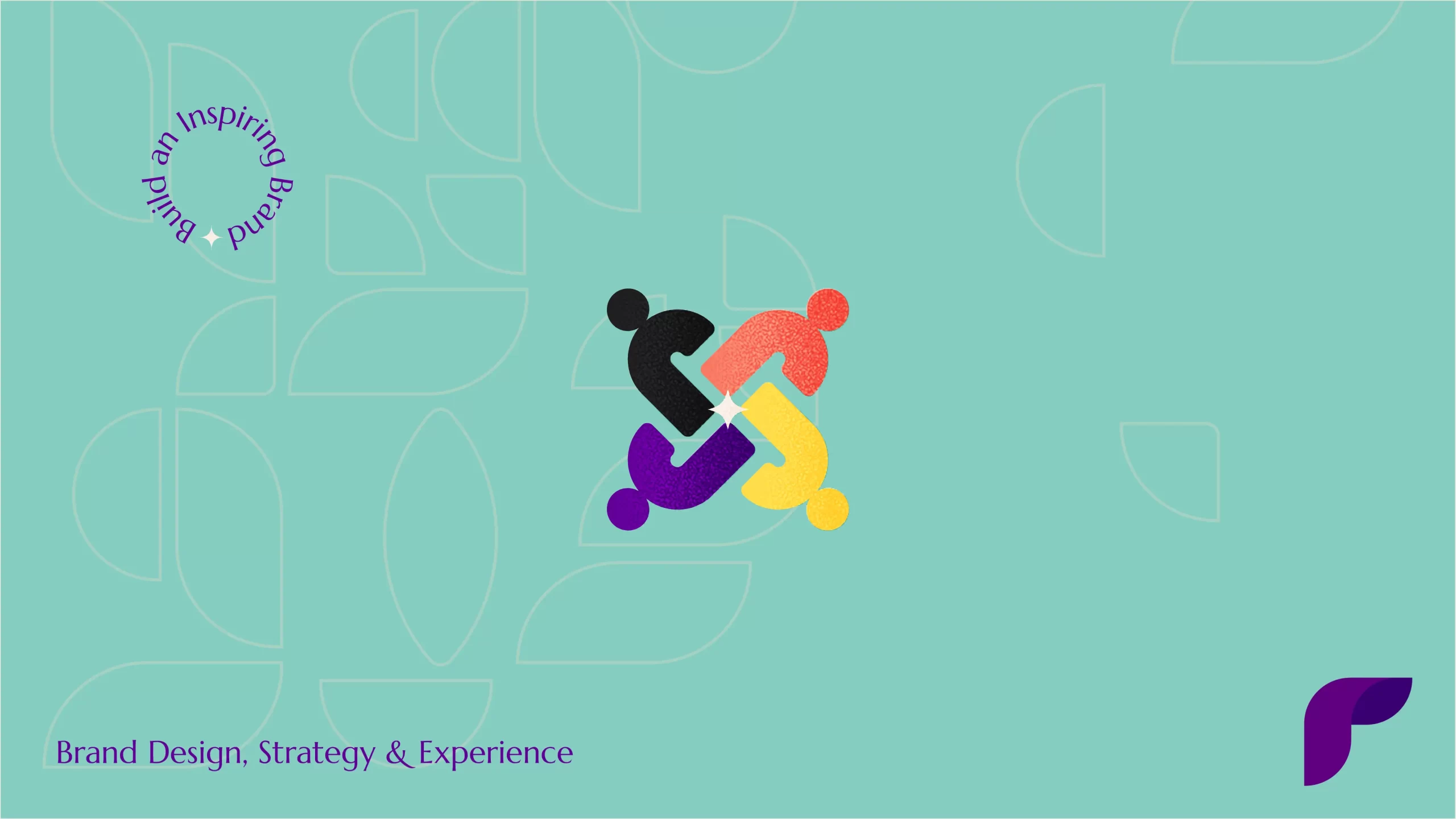A well-designed landing page can make a significant impact on your business’s success.
Landing pages play a crucial role in digital marketing, serving as the gateway to conversions and customer engagement.
In this article, we will delve into the key elements that contribute to creating compelling landing pages that convert. By the end, we are sure you will have actionable ideas to create a landing page that lands leads.
What’s in this article?
Start with a clear and measurable goal
The first step in designing a compelling landing page is to define its purpose and objective. What action do you want visitors to take? How do you want them to perceive your brand through the landing page?
Whether it’s making a purchase, signing up for a newsletter, or downloading an eBook, clearly identify your conversion goal.
You can set specific CTA (Call to Action) buttons to let your audience know what you want them to do. After all, the best way to get what you want is to be clear what it is.
Once you have this goal and action set, make it easy to achieve it. Your audience won’t stick around if the process is too hard.
If you want them to subscribe to your newsletter, then they should be able to complete the action in 3 steps. Anything more and they will lose interest or not have the time.
If you ask them to click on a button, click on another button, wait for a link to load, select among five options, enter their email ID, and finally access your content – they probably didn’t make it past step two!
Setting specific and measurable goals helps you track the effectiveness of your landing page and make data-driven improvements. Moreover, ensure that your landing page’s objective aligns with your overall marketing strategy to maintain consistency and optimize results.
Understand your brand’s voice and personality
Your landing page should reflect your brand’s unique voice and tone, creating a cohesive brand experience for visitors. Identify the key attributes that define your brand’s personality, such as professionalism, friendliness, or innovation.
Your landing page should speak to your audience in a way that resonates with your brand’s identity.
Are you a friendly and approachable brand, or do you convey professionalism and authority?
Knowing your brand’s personality helps you craft the right tone and messaging on your landing page.
Remember, your landing page is often the first interaction a visitor has with your brand, so make sure it reflects who you are and what you stand for.
When your landing page aligns with your brand’s voice and personality, it becomes more relatable and trustworthy to your audience. They’ll feel a connection, and that can significantly boost your conversion rates.
So, before you dive into the next step, take a moment to understand and define your brand’s unique voice and personality. It’s a small step that can make a big difference in the effectiveness of your landing page.
Related: How do you keep your website design’s branding consistent?
Write a head-turning headline
The headline is the first element that captures visitors’ attention and compels them to explore further. A compelling headline should be concise, clear, and engaging. Use attention-grabbing words and phrases that resonate with your target audience.
Beyond the headline, the visual and multimedia elements on your landing page should captivate visitors and encourage them to stay.
Incorporate persuasive copywriting techniques, such as storytelling, to create an emotional connection with your audience.
Try to go for a hook that doesn’t seem like clickbait. Once you have their attention, you can further ensure they keep reading. This will improve your bounce rate and make people stay on your website longer.
Highlight the value proposition or the unique selling point of your product or service in the headline to immediately communicate the benefits visitors can expect. Craft a headline that sparks curiosity or addresses a specific pain point, making visitors want to continue reading.
Use compelling visuals, such as high-quality images or videos, that are relevant to your offering and support your messaging. Additionally, leverage testimonials or social proof to build credibility and trust with your visitors.
Create an engaging storyline and CTA
Structuring the content on your landing page in a logical and compelling way keeps visitors engaged and encourages them to take action
Create a storyline that guides visitors through the key benefits and features of your product or service, highlighting how it addresses their pain points or fulfills their desires.
Use storytelling techniques to make the content relatable and memorable. Craft a strong and persuasive call-to-action (CTA) that clearly communicates the next step visitors should take and instills a sense of urgency.
Try using words that convey limited time deals or short-term offers. Maybe your offer is going to increase in price in the next three days.
Or you are about to stop selling a product entirely in another week. Or perhaps you have only 50 more items in a particular range and it is currently on sale.
Such features that convey a sense of timeliness and a shortage of quantity will always make people act faster.
You are interested in the product but don’t wish to sit on it and think too much. You might miss the deal if you spend too much time thinking about it and involving too many people. This way, people will convert sooner and you can close more deals.
Optimize it with SEO and digital/web use
To maximize the visibility and reach of your landing page, optimize it for search engines and digital/web use. Conduct keyword research to identify relevant terms and phrases your target audience uses when searching online.
Incorporate these keywords naturally within your content, including in headings, body text, and meta tags.
Optimize meta tags, headers, and URLs to improve search engine rankings. Ensure your landing page is mobile-responsive and has fast loading times to provide a seamless user experience across devices.
Conclusion
Creating compelling landing pages requires a strategic approach that goes beyond surface-level elements. You can design landing pages that effectively convert visitors into customers by following these ideas.
Remember, depth and meaningful content will ultimately make your landing page stand out and drive desirable outcomes for your business.




